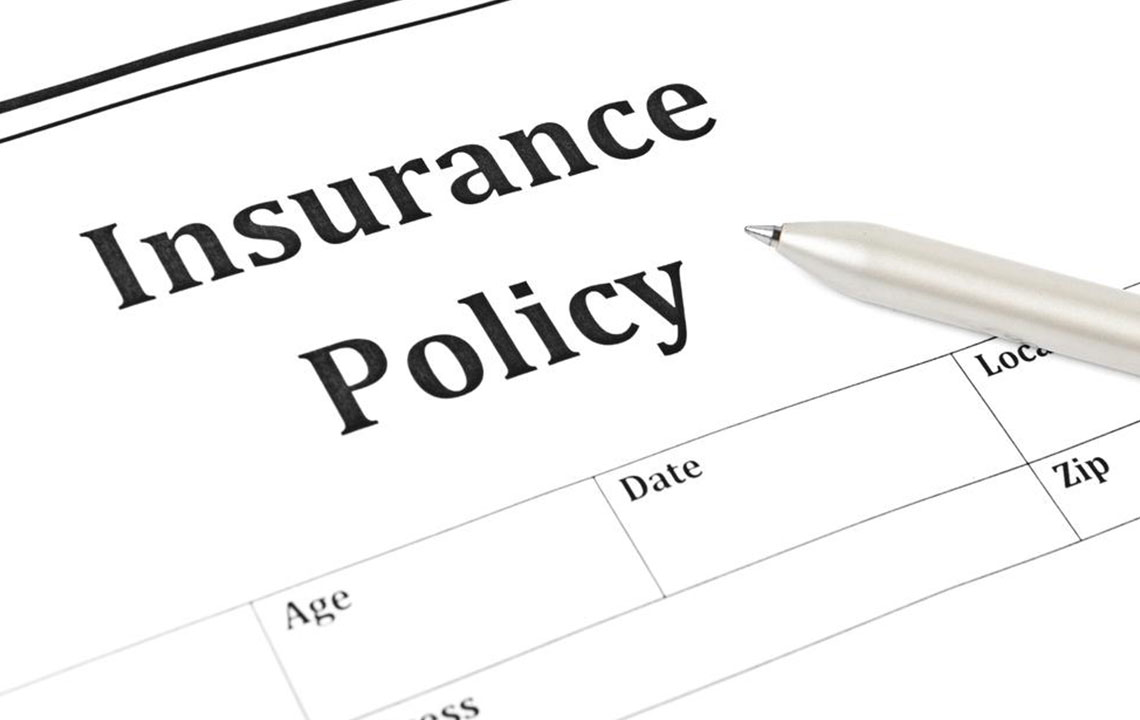Comprehensive Guide to Term Life Insurance: Protect Your Future Today
Discover the comprehensive benefits and considerations of term life insurance in this detailed guide. Learn how it offers affordable, flexible coverage tailored to your life stage, with tips on choosing the right policy, insurers, and riders. Ideal for those seeking reliable short-term protection for loved ones, this article explores the importance of regular policy reviews and understanding exclusions. Secure your family’s future today with expert insights into effective life insurance planning, ensuring peace of mind for years to come.

Comprehensive Guide to Term Life Insurance: Protect Your Future Today
In today’s unpredictable world, securing your loved ones’ financial future is more important than ever. Term life insurance has become a popular choice for many individuals seeking affordable and straightforward life coverage. With its simplicity and cost-effectiveness, it provides peace of mind by ensuring your family is protected against unforeseen circumstances during a specified period. This guide will explore everything you need to know about term life insurance, from understanding how it works to choosing the best policy to fit your needs.
Term life insurance differs from permanent policies because it offers coverage for a predetermined period, such as 10, 20, or 30 years. It is designed primarily to offer short- or mid-term protection, making it an ideal solution for covering specific financial obligations like mortgage payments, educational expenses, or debt clearance. If the policyholder passes away within the coverage period, the beneficiaries receive a tax-free death benefit. However, if the term expires and the insured is still alive, the coverage ends unless renewed or converted into a permanent policy.
One of the main advantages of term life insurance is its affordability. Premiums are significantly lower compared to whole life or other permanent insurance options, making it accessible for a broad range of people. Starting premiums can be as low as $100,000 in coverage for just around $50 to $150 per month, depending on age, health status, and the selected term length. For example, a healthy 45-year-old man might pay approximately $50 monthly for a 20-year term with a $500,000 death benefit. This affordability allows many families to maintain adequate coverage without straining their household budgets.
Choosing the right term length depends on your individual financial goals and responsibilities. Younger individuals often opt for longer terms to cover major life expenses, such as mortgage debts or college costs, which typically last until their children graduate or their loans are paid off. Conversely, those nearing retirement may select shorter durations to bridge the gap until their retirement savings take over. Additionally, some policies offer the flexibility to convert to permanent life insurance, which can be advantageous if your financial situation or needs change over time. Conversion options allow policyholders to retain their original premiums while gaining extended lifetime coverage.
When selecting a term life insurance plan, it’s essential to compare quotes from multiple providers like Transamerica, New York Life, and Northwestern Mutual. These top insurers are renowned for their financial stability, extensive coverage options, and customizable features. Many policies include riders—additional benefits that can be added to tailor coverage to your specific needs. Common riders include disability protection, critical illness coverage, or waiver of premium that ensures your policy stays active even if you become unable to pay. These extras can enhance your coverage and provide added peace of mind.
Another factor to consider when choosing a policy is the financial strength of the insurance provider. A company's stability and reputation are crucial because they determine whether your beneficiaries will receive the death benefit when needed. Ratings from agencies like AM Best or Standard & Poor’s can help you evaluate an insurer’s solvency and reliability.
Beyond immediate coverage, it’s wise to reflect on the policy’s adaptability. Life circumstances evolve, and so should your insurance coverage. Regular reviews help ensure your coverage remains aligned with your current financial goals. Major life events, including marriage, divorce, the birth of a child, or significant career changes, may necessitate adjustments to your policy. Some policies offer renewable options, allowing you to extend coverage without new medical exams, while others include conversion features that enable transition into permanent policies without hassle.
Furthermore, it’s important to understand exclusions and limitations within your policy. Most term life insurance policies exclude coverage for death caused by acts of war, terrorism, or risky activities like skydiving or racing. Ensuring you’re aware of these restrictions helps you plan more accurately and avoid surprises when filing claims.
In conclusion, term life insurance serves as an effective, economical solution for individuals seeking reliable short-term protection for their loved ones. By carefully evaluating coverage options, comparing insurers, and considering your personal financial situation, you can select a policy that provides the reassurance you need. Remember to periodically review your coverage to adapt to life’s changes and ensure your family remains protected for years to come. With the right plan, you can secure peace of mind, knowing that your loved ones will be financially safeguarded no matter what the future holds.





